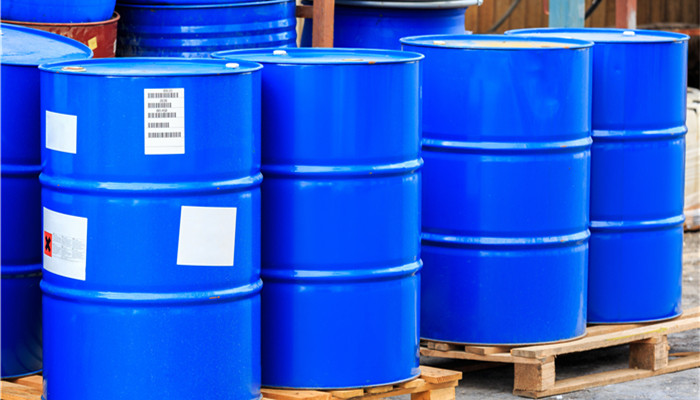
Nano-silica powder is one of the key materials for preparing silicon-based/silicon-carbon anodes. The production technology of Chinese enterprises needs to be upgraded.
Nanosilica powder, also known as nanosilica powder or nanosilica, refers to ultrafine silica powder with a particle size between 700nm and 60nm. Due to its small size characteristics, it generally has a high specific surface area, high reactivity, Characterized by high purity, high sphericity, low apparent density and uniform distribution, it can be widely used in batteries, coatings, photovoltaics, machinery and other fields.
Among them, batteries are the application field with the most development potential for nano-silica powder. In this field, nano-silica powder can be compounded with graphite or directly used in the manufacturing of negative electrode materials for rechargeable lithium batteries. At present, the mainstream lithium battery anode material on the market is graphite, but the battery capacity of lithium batteries represented by graphite anodes is close to the limit, and it is difficult to meet the continuously upgraded requirements of new energy vehicles. Silicon-based negative electrodes or silicon-carbon negative electrodes, as the highest known lithium-embedded negative electrode materials, have become a new trend in the development of current lithium battery negative electrode materials.
At the same time, the industrial development of silicon-based anodes and silicon-carbon anodes is still restricted by the expansion problem. In order to solve this problem, the nanotechnology of silicon has become the main direction of research. As the research becomes more and more in-depth, nano-silica powder emerges at the historic moment. . The use of nano-silica powder (particle size less than 150nm) to prepare lithium battery negative electrodes can not only effectively solve the volume expansion problem of silicon during the process of inserting and removing lithium, but also increases the affinity with the electrolyte, making the end product lithium battery with high capacity (can Reaching 4000mA/h) and having a large number of charge and discharge cycles. In the future, as new energy vehicles continue to upgrade their requirements for lithium batteries, the demand for nanosilica powder is expected to continue to grow.
In addition, according to the “2023-2028 Nano Silicon Powder Industry Market In-depth Research and Investment Prospect Forecast Analysis Report” released by the Industrial Research Center It shows that nano-silica powder can also be used to prepare silicon nano-films, which can be used in the photovoltaic field; and can be mixed with diamond under high pressure to form silicon carbide-diamond composite materials, which can then be used as raw materials for cutting tools in the mechanical field. . Nanosilica powder has a wide range of applications and has huge market development potential in the future.
From the production side, nano-silica powder can be prepared by mechanical grinding, chemical vapor deposition, plasma evaporation and condensation and other methods. Among them, the mechanical grinding method is a process that uses mechanical rolling force and shearing force generated by mechanical rotation and interaction between particles to grind and generate nano-silica powder. It has the advantages of simple operation, low product purity, difficult particle size control, and low production efficiency. and other shortcomings. Affected by factors such as the late start of the industry and insufficient reserves of technology and experience, my country’s nanosilica powder manufacturing level is relatively backward, and mechanical grinding is usually used for production. Major companies include Guanyu Industry, Yamada New Materials, Shandong Xiner Industry, etc., and many others. For small and medium-sized enterprises.
Industry analysts said that the chemical vapor deposition method refers to the production of nanometer silicon powder using silane as the reaction raw material This technology has the disadvantages of low production efficiency and the advantages of high product purity and uniform particle size distribution. Currently, only Zhongning Silicon Industry in my country has the ability to produce nano-silica powder using this method. The plasma evaporation and condensation method is the most difficult production technology for nano-silica powder. Currently, the companies that use this method to achieve industrial production of nano-silica powder are mainly international companies such as Tecna of Canada, Teijin of Japan, DuPont of the United States, and H.C. Stark of Germany. my country has only A small number of scientific research institutions are at the experimental level.

 微信扫一扫打赏
微信扫一扫打赏

